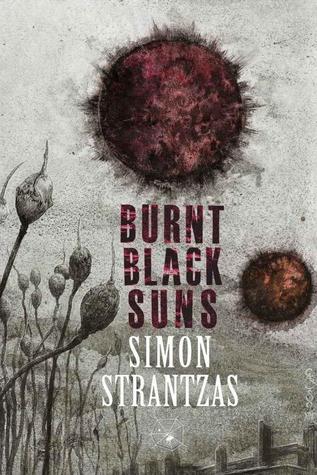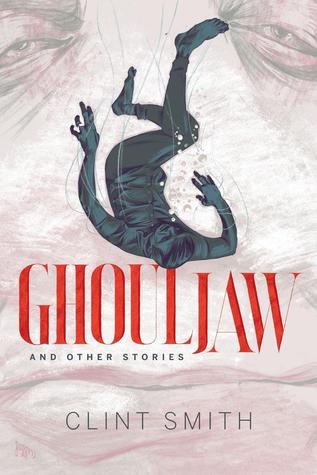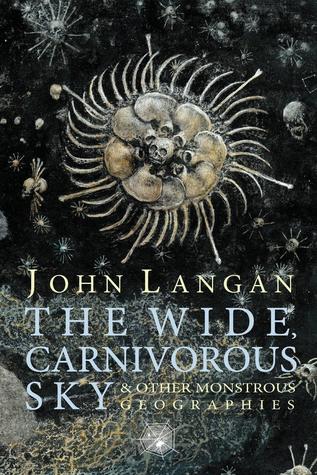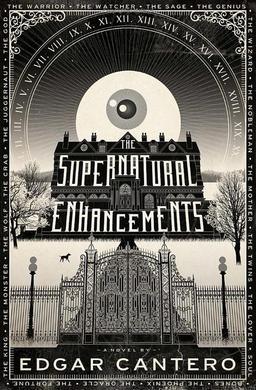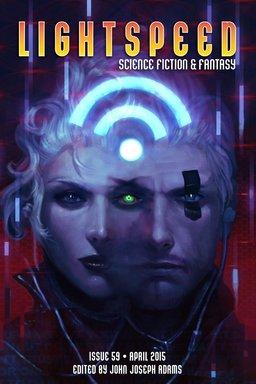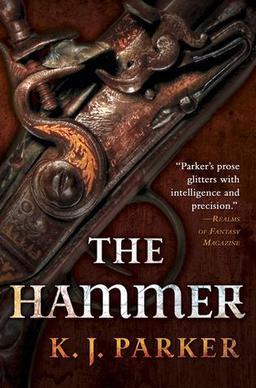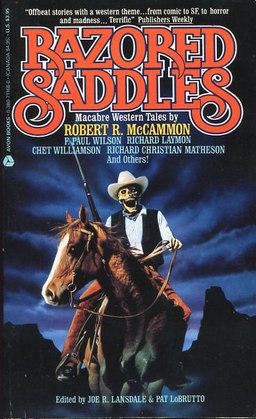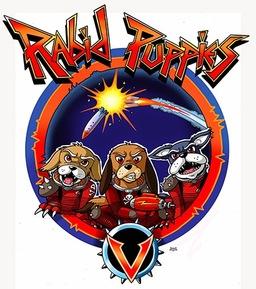One Picture = One Thousand Words . . .?
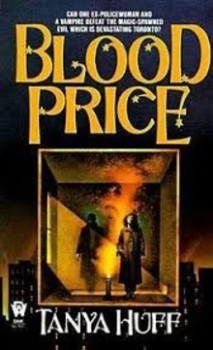 About a month ago Gabe Dybing wrote an excellent post in which he, among other things, praised my Dhulyn and Parno Novels (thanks again, Gabe). I obviously don’t quarrel with anything he had to say, but there was one observation that made me raise my eyebrows, and that was his take on the cover art. The whole post is worth reading (not just the part about my books) but what Dying has to say about my covers is important not just for me, but for any of us involved in the writing and reading of books. Looking at the art from the sales perspective, what it is about the cover that encourages a reader to buy a book, Dybing has two caveats. First, he feels the characters are too “posed,” in that they’re “battle-ready” when nothing is in fact happening. Second, he objects to the photo-realism, since it could restrain the readers in imagining the characters for themselves. As it happens, he feels the artist, Steve Stone, did capture Dhulyn pretty well, except for her skin colour, and her “wolf smile.”
About a month ago Gabe Dybing wrote an excellent post in which he, among other things, praised my Dhulyn and Parno Novels (thanks again, Gabe). I obviously don’t quarrel with anything he had to say, but there was one observation that made me raise my eyebrows, and that was his take on the cover art. The whole post is worth reading (not just the part about my books) but what Dying has to say about my covers is important not just for me, but for any of us involved in the writing and reading of books. Looking at the art from the sales perspective, what it is about the cover that encourages a reader to buy a book, Dybing has two caveats. First, he feels the characters are too “posed,” in that they’re “battle-ready” when nothing is in fact happening. Second, he objects to the photo-realism, since it could restrain the readers in imagining the characters for themselves. As it happens, he feels the artist, Steve Stone, did capture Dhulyn pretty well, except for her skin colour, and her “wolf smile.”
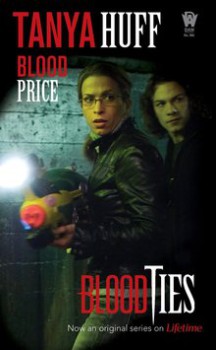 Interesting bit about that. The artist chose his models from modeling/acting agency photos to match the physical descriptions I’d provided to my editor/publisher, Sheila Gilbert at DAW. It wasn’t until the models arrived for the session that Stone realized the woman was black. I know, it does make you wonder what the photos were like, but that’s not a question I can answer. The situation was explained to her, and apparently the model/actress didn’t mind being depicted as a woman from a race noted for the pallor of their skin and the redness of their hair.
Interesting bit about that. The artist chose his models from modeling/acting agency photos to match the physical descriptions I’d provided to my editor/publisher, Sheila Gilbert at DAW. It wasn’t until the models arrived for the session that Stone realized the woman was black. I know, it does make you wonder what the photos were like, but that’s not a question I can answer. The situation was explained to her, and apparently the model/actress didn’t mind being depicted as a woman from a race noted for the pallor of their skin and the redness of their hair.
As for the wolf’s smile, you don’t really want to see that. Ever. Trust me.
On the whole, I think I’ve been very lucky with my cover art, but before I go on I have to confess a couple of things. First, I have almost no visual memory (except for faces), and don’t really respond to visual cues. Off the top of my head, I couldn’t describe to you the cover of any book, not even the ones I’ve read over and over. Okay, I can recognize the Tenniel drawings from Alice in Wonderland, the original art from the Chronicles of Narnia, and the Dali illustrations from a recent edition of Don Quijote, but there I’m thinking about the artists, not the books. And even there I’m pretty sure I couldn’t tell you what was on the covers.

